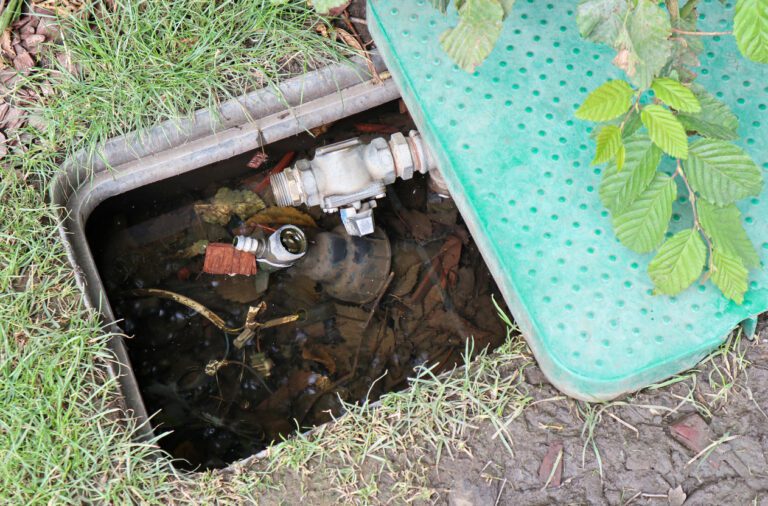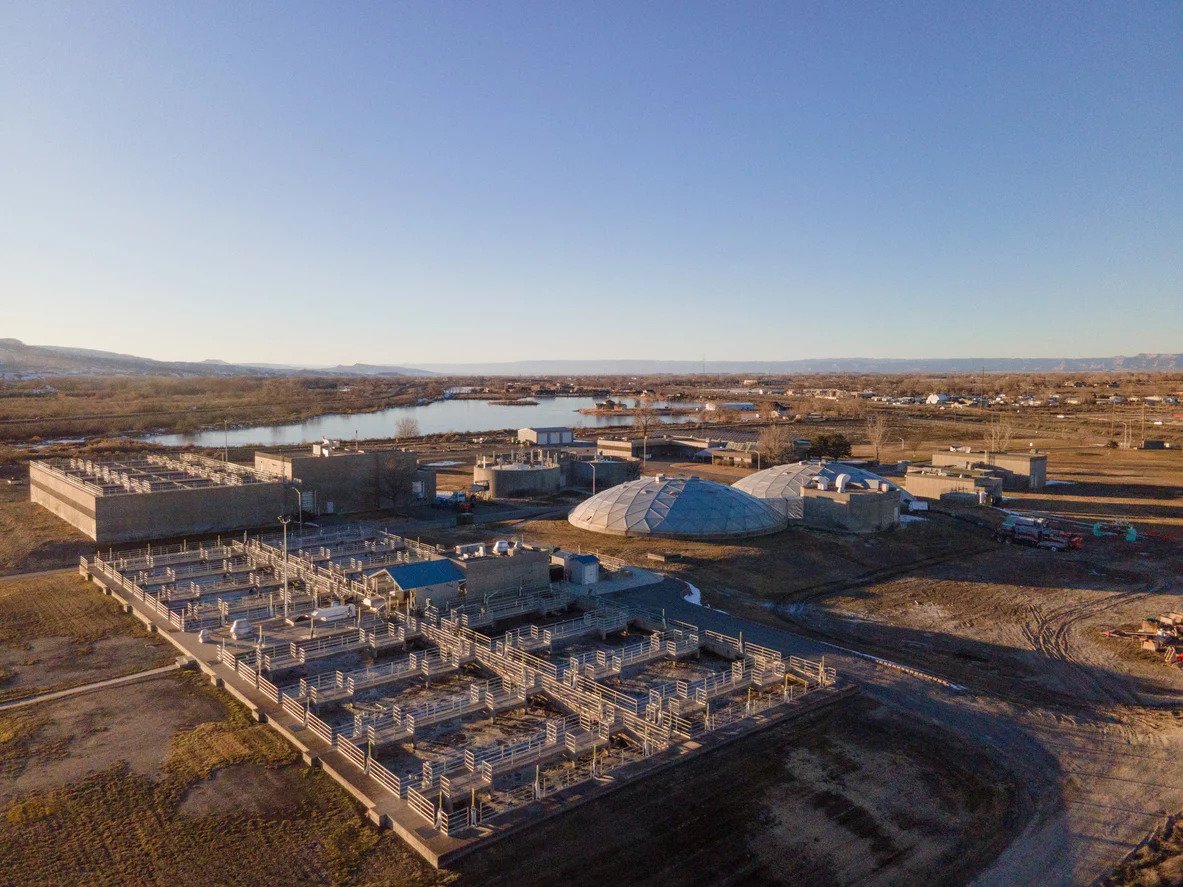The negative impact of climate change on infrastructure is becoming clearer, but it can still be effectively managed with a clear understanding of the problem and the right proactive measures. Climate change is causing more severe droughts in some places and more severe floods in others. Another major impact in some areas is lower winter precipitation. The lack of snow can cause water shortages throughout the following spring and summer.
For example, per the European Environment Agency, northern Europe has become 10 to 40% wetter and southern Europe up to 20% drier. In the United States, California is facing a megadrought that scientists say has actually been going on for twenty years, causing vast water shortages and potentially necessitating a rethink of how the rift valley is used and farmed. The east coast is not immune, with Pennsylvania experiencing summer drought and unusually low water levels and Florida facing the onslaught of hurricanes intensified by climate change.
For municipalities and utilities, this presents significant challenges. Even if the population increases, increasing the water supply is no longer possible. Instead, a focus on conservation is vital. The impact of climate change on infrastructure also has other consequences.
Temperature Impact on Water Quality
Increased water temperatures are good for algae but bad for anyone who drinks the water. Algal growth can compromise water quality, as can the impact of storms. This requires increased watershed management.
Reduced water quality may also require increasing treatment capabilities and adding technologies. However, these advancements can also reduce other issues; for example, they can help reduce the need for boil water advisories.
Drought and Water Use
Nobody likes having to ration water. Your organization can reduce the need to ration water through a variety of measures, which include:
- Consumer education to help people conserve water voluntarily. This includes encouraging the use of low-flow fixtures. It also means educating residents and businesses about drought-resistant landscaping, lawn alternatives, and other measures to avoid using potable water in irrigation. When irrigation is necessary, drip systems should be used and activated at night when evaporation is low.
- Improved monitoring and management of leaks and waste. Smart meters and other monitoring infrastructure can help detect leaks faster, whether they are your responsibility or that of a customer (who can then be notified quickly). In some cases, pipe upgrades may be needed to reduce the number of leak “events.” With water monitoring, customers can even be made aware of when they are using more water.
- Increased water storage. This can ensure that water is not lost during periods of higher rainfall.
- Increased recycling of gray water for other uses, such as irrigation, car washes, and power generation. You can also educate customers about the possibility of installing gray water toilets, in which the water from the bathroom sink drains into the toilet cistern to reduce freshwater use.
- Water source changes. Make sure to diversify water sources as much as possible.
These measures can reduce the impact of climate change on infrastructure by reducing the demand for water and the stress on water sources.
Storms, Floods, and Sea Levels Rising

Installing smart meters to manage the impact of climate change on infrastructure and water systems.
The rise of sea levels also presents a threat to freshwater supplies through the potential contamination of aquifers. Investing in desalination technology is wise for coastal municipalities.
Consider investing in on-site power generation. Wastewater treatment generates methane, which can potentially be harnessed to power the plant. Solar and wind are also options. This reduces the risk of temporary plant failure after a storm, which can result in untreated water being released into the environment or people’s homes.
Also, ensure your infrastructure is floodproofed through elevation, levees, and other measures. If coastal flooding becomes frequent, you may have to consider relocating to higher elevations. Another good investment is land. Specifically, utilities can consider buying and protecting wetland areas and buffer zones around reservoirs, which also have other environmental and recreational benefits.
Finally, build rain gardens and green roofs, and use vegetation or pervious surfaces around your sites, which reduce runoff and stormwater flows.
Some of these are large investments that you might not be able to manage right now. Using smart meters and monitoring tools is a cost-effective strategy to:
- Detect leaks and waste
- Help customers understand their water use
- Prevent loss through unauthorized use
This is also a relatively easy way to upgrade your system.
Envocore can provide analysis and evaluation of water use in your municipality and facility. We can also help you with water efficiency solutions and smart meter infrastructure so you can continue to provide clean water to your customers for years to come despite the impact of climate change on infrastructure. Contact us to request a proposal today.

